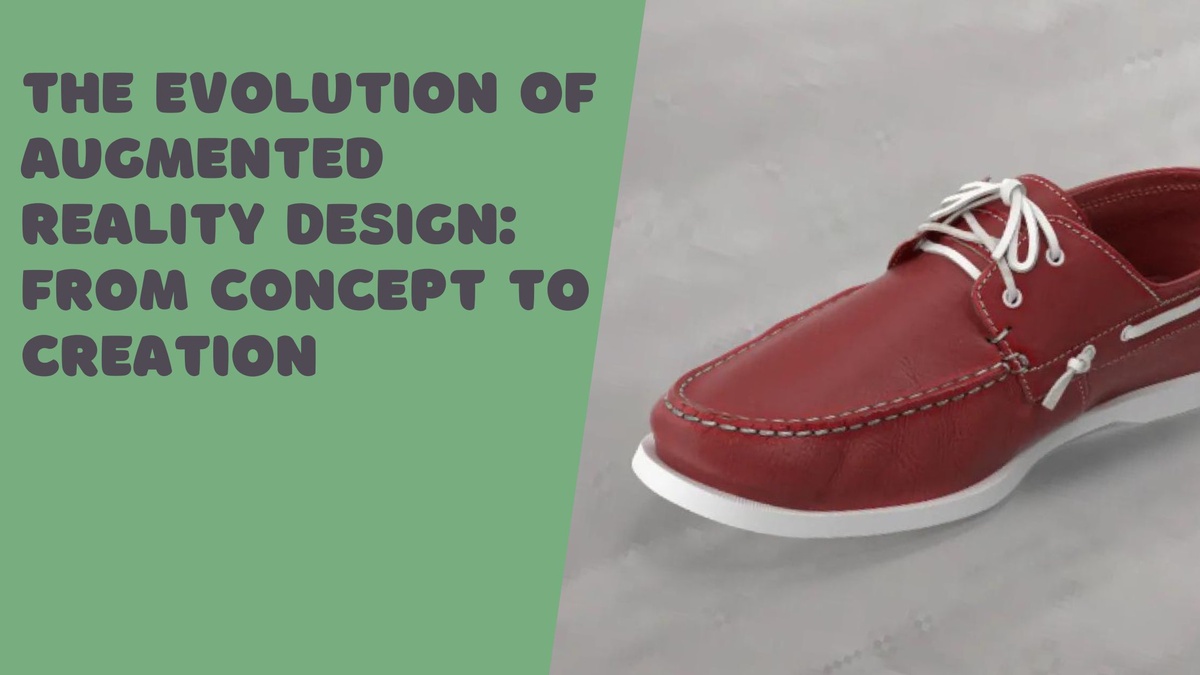Augmented Reality (AR) has emerged as a groundbreaking technology that is reshaping the landscape of user experience (UX) design across various industries. From enhancing interactivity to providing immersive digital experiences, AR is unlocking new possibilities for engaging users in innovative ways. In this blog post, we explore how augmented reality is transforming user experience design and the pivotal role that augmented reality design agencies play in this transformative journey.
- Enhanced Interactivity
One of the most profound impacts of AR on user experience design is the level of interactivity it enables. Unlike traditional interfaces, AR allows users to interact directly with digital content overlaid on the physical world. This enhanced interactivity creates a more engaging and dynamic user experience, where users can manipulate and explore virtual elements in real-time.
For example, AR-powered product catalogs enable customers to visualize and interact with 3D models of products within their physical space. This not only enhances the shopping experience but also helps users make more informed purchasing decisions.
- Seamless Integration of Digital and Physical Realms
AR blurs the boundaries between the digital and physical worlds, offering a seamless integration of virtual content into real-world environments. This integration opens up new possibilities for designing contextual and location-based experiences that are highly personalized and relevant to users.
Imagine walking through a museum where AR enhances exhibits with additional information, interactive multimedia, or virtual guides. This fusion of digital and physical elements enriches the user experience and deepens engagement with the content.
- Personalized and Tailored Experiences
AR empowers UX designers to create personalized and tailored experiences that cater to individual user preferences and contexts. By leveraging AR technologies such as computer vision and machine learning, designers can analyze user behavior and environmental data to deliver customized content and interactions.
For instance, AR navigation apps can adapt to users' preferences by providing real-time directions overlaid onto the streets they are navigating. This personalized approach enhances usability and simplifies complex tasks.
- Gamification and Engagement
Augmented reality has revolutionized the concept of gamification, making experiences more interactive, immersive, and enjoyable. AR games like Pokémon GO introduced the world to location-based gaming, where players interact with virtual characters and objects in their surroundings.
In UX design, elements of gamification can be integrated into AR applications to incentivize user engagement and foster a sense of achievement. This gamified approach encourages users to interact with products or services in meaningful ways.
Augmented Reality Design Agencies: Driving Innovation
Augmented reality design agencies are at the forefront of this UX transformation, harnessing the potential of AR to craft compelling and user-centric experiences. These agencies bring together diverse expertise in UX/UI design, 3D modeling, software development, and AR technologies to create impactful solutions.
From ideation to execution, AR design agencies collaborate closely with clients to understand objectives, define user personas, and conceptualize AR experiences that align with brand identity and user expectations. Their multidisciplinary approach ensures that AR solutions not only look impressive but also deliver seamless functionality and usability.
Looking Ahead: The Future of AR in UX Design
As AR continues to evolve, the future of user experience design holds limitless possibilities. From wearable AR devices to immersive augmented environments, designers will continue to push boundaries and explore innovative ways to leverage AR for enhancing user engagement, interactivity, and personalization.
In conclusion, augmented reality is not just a technological innovation; it is a transformative force that is reshaping the way we interact with digital content and the physical world. Augmented reality design agencies are instrumental in driving this transformation by pioneering new approaches to user experience design and delivering impactful AR solutions that captivate and inspire users.
If you're considering integrating augmented reality into your UX strategy or seeking to leverage AR for your business, partnering with a specialized augmented reality design agency can be the key to unlocking the full potential of AR-driven experiences. Embrace the future of user experience design with augmented reality and embark on a journey of innovation and creativity!


No comments yet